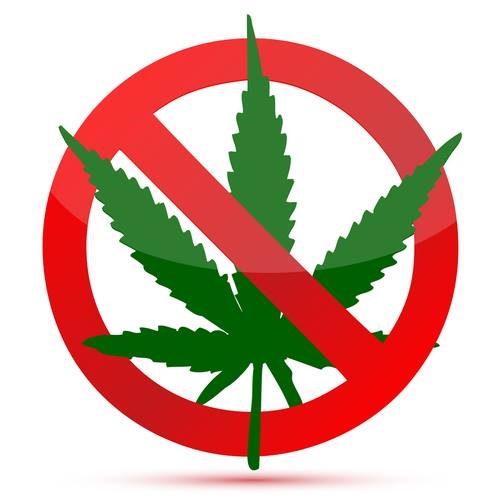Has High School Pot use really NOT increased since Legalization?
/Teens get high on pot a few feet away from kids playing. The average age of introduction to pot is 12
This is an excerpt from an article by our friends at Parents of Colorado against the normalization of dope
The marijuana industry and the CO state health department wants you to think so.
https://blog.mpp.org/research/study-shows-no-increase-co-teen-use-legalization/
We are appalled and disgusted by the lack of responsibility and integrity of the Colorado Department of Public Health and Environment. (Recall, a couple years back, they recommended to ban edibles, then quickly caved to pressure from the industry and Governor Hickenlooper. AND, don't get us started on the Good to Know campaign, there are new billboards on I-70 in Wheat Ridge instructing users to wait 4 hours after eating edibles)
Christine Thurstone, wife of Dr. Chris Thurstone, journalist and media expert weighed in on the flaws of the study and information sent to the media.
1. Jefferson County Schools -- the state's largest district -- do not participate in this state survey.
2. El Paso County Schools -- home to Colorado Springs -- do not participate in this state survey.
3. Only kids who are enrolled in school take this state survey. Students with drug problems tend not to be in school.
4. The state refuses to recognize that the boom in marijuana availability to youth started in 2009 with the issuance of the Department of Justice's now infamous "Ogden Memo." So, if you're going to study changes in adolescent marijuana use, you have to look at pre/post 2009. Sorry, folks, but looking since 2013 isn't going to tell you much -- especially if you're not surveying two of the state's largest school districts. Remember: a ROBUST sample size is not necessarily a REPRESENTATIVE sample.
4. Colorado and Washington -- two big-time marijuana states -- have not participated in the CDC's national survey that is cited for the national average rate of youth use. In the most recent CDC survey, Oregon didn't participate, either. So, using that CDC study to say Colorado is below the national rate is a big joke. Instead, we should look at the National Survey On Drug Use and Health, which is a HOUSEHOLD survey. Why is that important? Because it's a HOUSEHOLD survey that captures the data of drug-using youth who are not in school! (The CDC study, like this Colorado Healthy Kids survey, quizzes only those kids who are actually in school.) And get this: the NSDUH -- which experts consider the most reliable data in our country now -- clearly shows Colorado's youth use rate is the highest in the U.S. among 12-17 year olds.
5. When Dr. Larry Wolk says the pot use rate has remained flat among Colorado youth, he is comparing two years of data -- and not bothering with the more complicated math showing that, why, yes, the use rates have increased dramatically since 2009. And when he says the slight fluctuation (it was an increase) is not "statistically significant," ask him if that's true if he were to go back to 2009, when the state started building more dispensaries than Starbucks.
6. The survey methodology itself is suspect; the response rate was only 46 percent, which could mean the survey missed (through drop out and absenteeism) the very students most at risk for reporting marijuana use.
7. The survey is reported at the .01 statistical significance level, rather than the standard .05 level, which means it is considerably harder to find statistical significance in the changes. THAT'S why they say the rate changes are “flat.” What happens when the level is moved to the STANDARD for these calculations? And why is this level not STANDARD in the first place?


